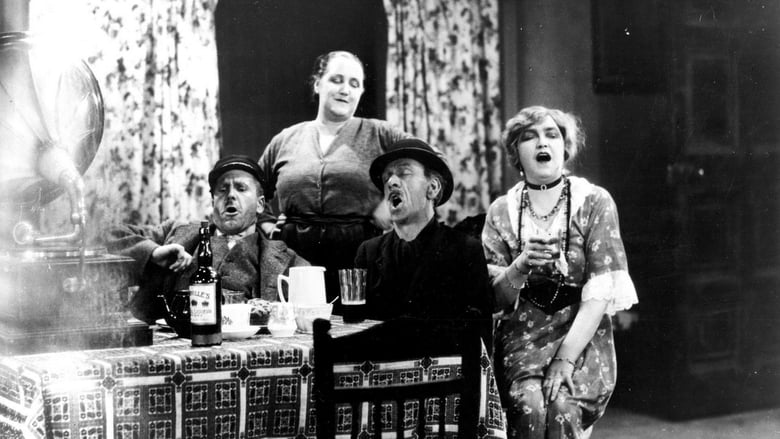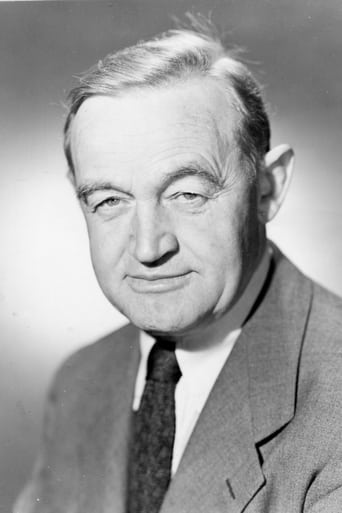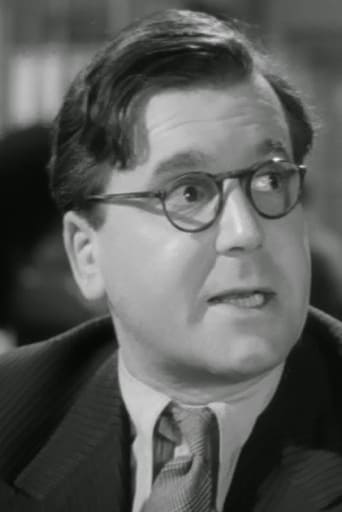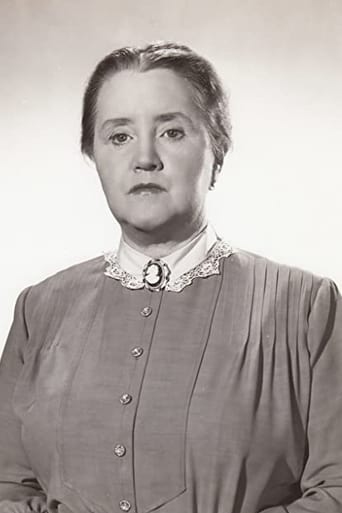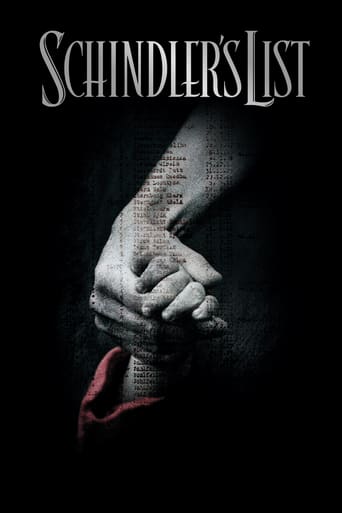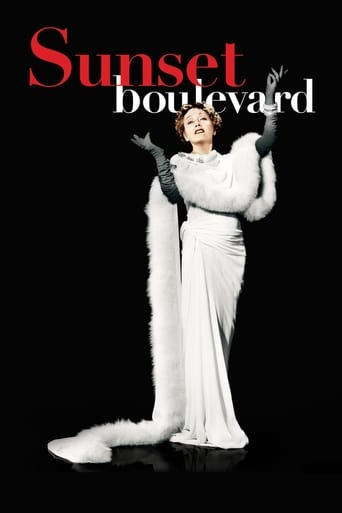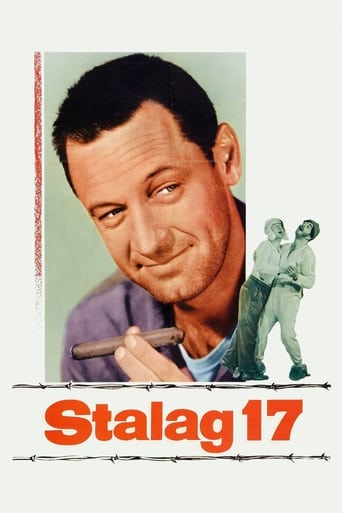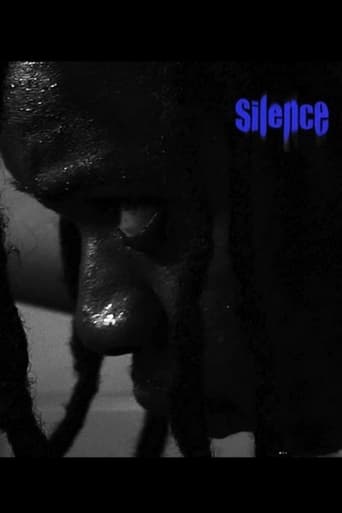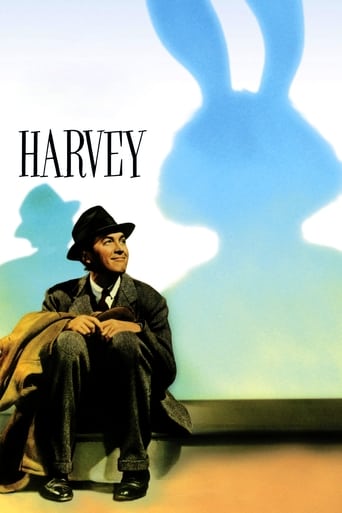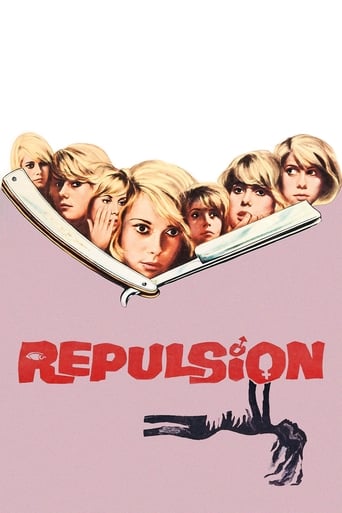Juno and the Paycock (1930)
During the Irish revolution, a family earns a big inheritance. They start leading a rich life, forgetting what the most important values of life really are. At the end, they discover they will not receive that inheritance; the family is destroyed and penniless. They must sell their home and start living like vagabonds.
Watch Trailer
Free Trial Channels
Cast


Similar titles
Reviews
I love this movie so much
Very good movie overall, highly recommended. Most of the negative reviews don't have any merit and are all pollitically based. Give this movie a chance at least, and it might give you a different perspective.
Easily the biggest piece of Right wing non sense propaganda I ever saw.
It really made me laugh, but for some moments I was tearing up because I could relate so much.
You would never imagine that Alfred Hitchcock, of all people, had directed this film of the classic Irish play by Sean O'Casey (1880-1964), JUNO AND THE PAYCOCK (first performed onstage, 1924), set in Dublin during the Troubles. This film was originally released under that title but is also known by the rather more sensational one of THE SHAME OF MARY BOYLE, which does not suit the film at all. The cast partially consists of some of the famous Abbey Players from Dublin who originated the play on stage three years before, and the star is the amazing Sara Allgood, who plays the character Juno. Her husband Jack is the 'paycock', which is Irish dialect for 'peacock'. Sara Allgood had already worked with Hitchock earlier in this same year, appearing in his film BLACKMAIL (1929), which was only her second film (at the age of 50). Sara Allgood was a star of Dublin's Abbey Theatre in its grandest days, when the plays of Yeats, Synge, O'Casey, Shaw, and the other leading Irish playwrights were all being performed and attracting the attention of the entire theatrical world. Yeats was a close friend of hers. I first learned of her at the age of 17 when I befriended Bryan Herbert (real name Bryan Doyle) and his wife. Bryan loved to tell me stories of the grand old days in Dublin, and describe how he had played the Lion in Shaw's ANDROCLES AND THE LION at the Abbey, a theatre to which he was attached for some years. But his most enthusiastic tales concerned Sara Allgood. He told me she was the greatest dramatic actress of her time, and if only I had seen her in her famous roles at the Abbey Theatre as he did, I would understand her genius. He had himself appeared onstage with her there. I had never heard of her before and it has taken me all these years finally to see a film in which she plays one of her most famous dramatic lead roles with great power and magnificence. She is the Irish equivalent of Anna Magnani, whose performances in the films of the Tennessee Williams plays, THE ROSE TATTOO (1955) and THE FUGITIVE KIND (1960) are milestones of cinema history. Allgood's performance in this film in the second half rises to those standards. This film commences in a jolly mode, full of comedic scenes, and almost as jocular as a music hall act. But in its latter half, the story turns into an Aeschylean tragedy, and that is when Sara Allgood is at her best. In her later career, she appeared in many films in character roles, but to see the real Sara Allgood in action, as she was in her glory days, you need to see this film. Almost as effective as Sara Allgood is the young Scots actor John Laurie, who plays her son Johnny. This was his first film, and he was later to become famous to British television audiences as one of the regulars in the long-running series DAD'S ARMY, in which he appeared from 1968 to 1977 (80 episodes). In his long career, he appeared in 185 productions as an actor. But it is this, his very first screen role, that may be the most haunting role he ever played. Johnny does not say much but it is necessary to the story that he is constantly in shot and exuding powerful anguish. It is very difficult to be a lead actor in a sound film but have very few lines in which to express yourself. However, Laurie pulls it off in great style. This play was so popular in America that it ran on Broadway five times, in 1927, 1934, 1937, 1940, and 1988. Hitchcock's sense for sinister detail comes in very handy, because he finds the right faces and right moments to highlight menace and ambiguity, and punctuates the film with sounds of machine gun fire in the streets, which the family can hear through their open tenement window. His film did real justice to O'Casey's play and captures the very essence of the Irish, with their capacity for deep emotion, bawdy humour, wailing tragedy, poetic way of talking, sheer blarney, and their raw but courageous existences in those days. As one of the earliest sound films, it is difficult to think of this version of O'Casey's play being surpassed. The 'adaptation' of the play was done by Hitchcock, but the screenplay was written by his wife, Alma Reville, who gets a very small credit but should surely have more praise than that for the result. This play was filmed again seven times in later years, four times in English and three times in German. In one of the German productions, the young Klaus Maria Brandauer had the opportunity to glower in corners as Johnny, and as his eyes have always smouldered nicely, he must have done this very well too. This film certainly ranks among the classics of the screen.
It begins with a poor Dublin family in their shabby apartment, in the hallway of which a candle burns under the statue of the Virgin Mary. There's the solid mother, Juno Boyle (Sara Allgood); the blowhard father (Edward Chapman), the impulsive and love-stricken daughter (Kathleen O'Regan), and the brooding son who has lost an arm in the service of the Irish Republican Army (John Laurie).Times are hard. Not only does the IRA and its machinations hover in the background but Mr. Boyle has run up a bar bill at Foley's that looks more like somebody's telephone number.Then -- out of the blue -- a stroke of good luck! A dislike cousin of Mr. Boyle has died and left him upwards of 1500 pounds, a fortune. Act II: Everyone is invited into the newly bedecked Boyle parlor and is given a drop to drink and a chance to listen to the gramophone. The audience has to sit through four additional songs, sung live, including "Those Endearing Young Charms." Then -- also out of the blue -- tragedy strikes. The feckless deceased cousin failed to mention Mr. Boyle by name, saying only that his fortune be distributed among his "cousins." Well, the deceased's cousins come flocking in from all corners of the globe and the money suffers the fate of the Jarndyce fortune in "Bleak House." The lawyers get it all.Everybody begins demanding back the furniture and other goods they've given Mr. Boyle on account. His best friend steals a bottle of stout and slips it into his pocket. Mr. Kelly shows up and runs off with the beautiful new suit of Mr. Boyle. Mr. Kelly, the funniest character in the story, is decidedly Jewish. "I could call you all kinds of names," he shouts at Boyle, "but I won't, you cheap, lying goniff!" The tragedy isn't at an end. Young Mary gets knocked up by her dashing English boyfriend -- "with the walking stick and the gloves." And the brooding son is revealed as an informer responsible for the death of the IRA commandant and is taken away and executed.Last scene. Mrs. Boyle is all alone, praying and weeping at the foot of the Virgin's statue. "Oh, blessed Virgin, where was your pity?" Then she staggers off stage. It's like de Unamuno said. There are no workable systems of belief. There's only faith itself.I know this is supposed to be good because, after all, it combines Alfred Hitchcock with Sean O'Casey. That means I'm bad, because I didn't think much of it and my mind drifted throughout. The performers seemed to have forgotten that they're no longer in front of a live audience because the overacting is outrageous. Sometimes, I'm certain, it was designed to be funny, and it is -- like Barry Fitzgerald's pompous orator at the opening. At other times, the cries and wild gesticulations seem to belong to a Cecil B. DeMille silent movie. And, though most of the parts are cast well enough, there is Mr. Boyle at the center and he's not funny, even when he's supposed to be. He's just unpleasant.What sparkle there is in this film comes from the poetry of everyday Irish speech. What ornate phraseology! "It blowed and it blowed and it blowed. 'Blew' is the right word, but the sailors say 'blowed.'" They can drop in a quote from Robert Burns ("man's inhumanity to man....") and it goes unnoticed.Well, the play really required a seasoned director and less old-fashioned acting and it got neither here. I'd love to have seen what Hitchcock might have done with this when he was at his peak. As it is, without quite measuring up, it resembles an episode of the Honeymooners only the sadness is real and Ralph doesn't hug Alice at the end.
Juno and the Paycock (1930) * 1/2 (out of 4) Hitchcock adapted Sean O'Casey's play but the end results are fairly poor. The film tells the story of a Scotish family who quickly begin to fall apart after getting a large inheritance. It's up to the mother (Sara Allgood) to try and keep everyone together and that includes her drunken husband (Edward Chapman). Outside of some great performances we're left with a pretty bland and forgettable film that certainly wasn't what Hitchcock needed. There's no doubt he's to blame for this mess of a film and I believe he pretty much disowned it later in his life. He certainly isn't right for the material because after about ten-minutes you'll realize that you're in a talking mess of a film. I'm really not sure what Hitchcock was trying to do with the film because the story is so dull and lifeless. The technical side of things is also quite messy as the cinematography is poor and it appears they were trying to make the film look like a play but this certainly doesn't help things. Allgood does give a very demanding performance in the film as does Chapman and Barry Fitzgerald. The supporting players are also quite good but in the end it really doesn't matter because the film is just a downright bore from start to finish. Having seen just about every Hitchcock film there's no doubt this here is the worst of the bunch.
The curse of the Irish is the Irish male, a lazing brute whose two passions are booze and homicide. At least that's the take offered in this simplistically annoying play by Irish nationalist turned expatriate Sean O'Casey, in a film adaptation by a young Alfred Hitchcock.Escaping from gunfire on a Dublin streetcorner, "Captain" Boyle (Edward Chapman) and pal Joxer (Sidney Morgan) enjoy lives of irresponsibility, Boyle sponging off his wife Juno (Sara Allgood) and daughter Mary (Kathleen O'Regan), Joxer sponging off Boyle. Boyle also has a son, Johnny (John Laurie), who lost his arm in the Easter Rising and now stalks about the apartment mysteriously, keeping to himself. Suddenly, word comes that Boyle and his family will inherit a legacy from a wealthy cousin. In no time the poor Boyles are spending their anticipated fortune well in advance of its arrival."I'll never doubt the goodness of God again!" proclaims the Captain, hammering home the "too-good-to-be-true" theme.In an October 2004 review, "gazzo-2" makes a nice point of this being an "Oy-rish Honeymooners", only bathetic rather than funny. Chapman reminds me of Ed O'Neill on "Married With Children", hands stuffed in his pants as he attempts a magisterial scowl. Everything is played very broadly on the dingy set, at first for laughs, then for melodrama. The combination apparently made "Juno And The Paycock" a big theatrical hit in 1924, with the Irish Civil War that forms the play's backdrop still an active concern. But the film version feels dated beyond its years, sickly sentimental, cheap, and mean.Hitchcock fans, along with Irish history buffs the only ones with an interest in this production, will find little to chew on here. "Juno" is not even the same kind of failure as is "Topaz", "The Paradine Case", or "Jamaica Inn". Those bear the Master's signature and their flaws are thus worth study. Hitchcock's sole contribution here seems to have been to point a camera in a well-designed but static set, letting his stage veterans set down their matinée performances for posterity.Maybe what was needed was not a director but a lion tamer. There's more ham on display with this cast than in a butcher-shop window. Laurie particularly shrieks every line, rolling his eyes like Joe Flaherty on "Monster Chiller Horror Theater." Interestingly, both he and Chapman give strong performances in other Hitchcock productions of this decade, "The 39 Steps" and "Murder!" respectively. Here they are awful, as are just about everyone else except for Allgood, O'Regan, and John Longden as the lawyer who brings news of the inheritance.Since he's a man, it's probably not a good idea trusting Longden's character. Every male in the play is either a drunk, a sponger, a cheat, a snitch, a killer, or several of these at once. Presenting such unsympathetic people and then asking us to care about them is one of "Juno And The Paycock's" two great failures, the other being O'Casey's heavy hand when it comes to dramatic reversals."Take away our hearts of stone, and give us hearts of flesh" is a repeated phrase in this film. But the overall effect of the film is to leave us more stony-hearted about the plight of the poor Irish than we began. No wonder the ex-Republican O'Casey died in England.

